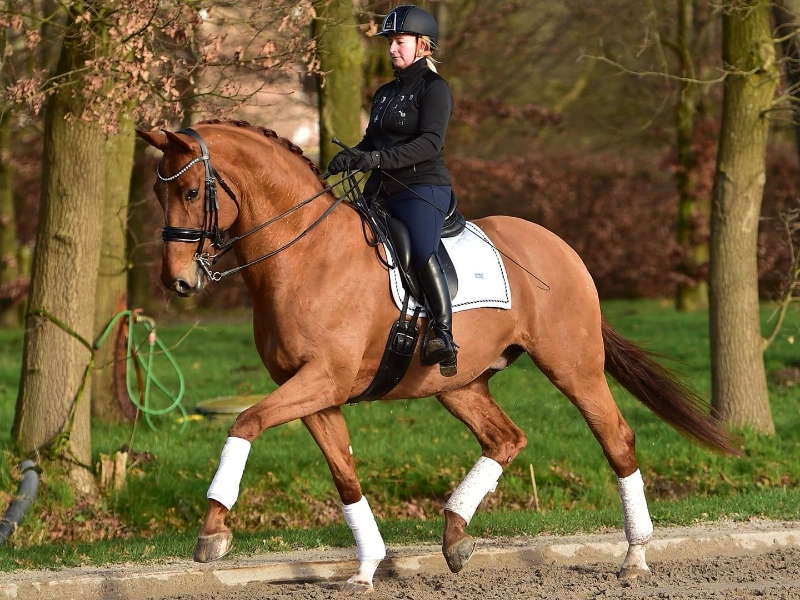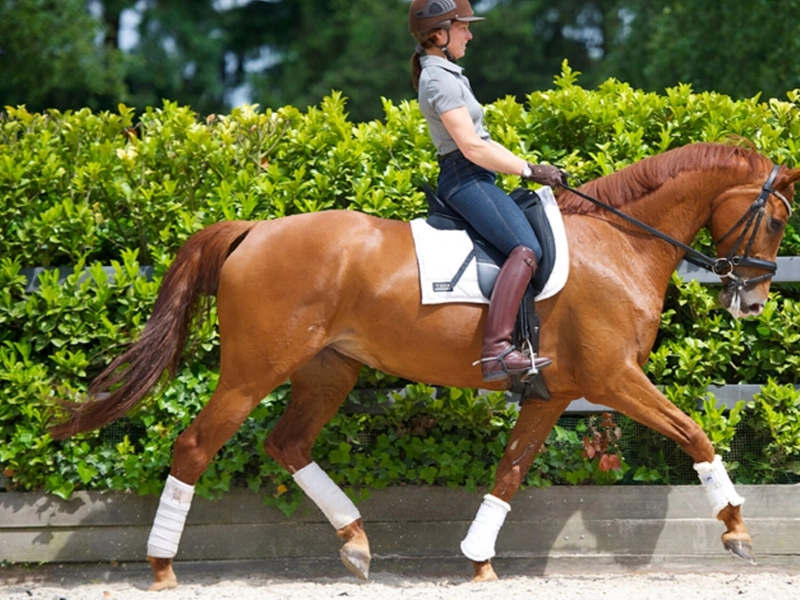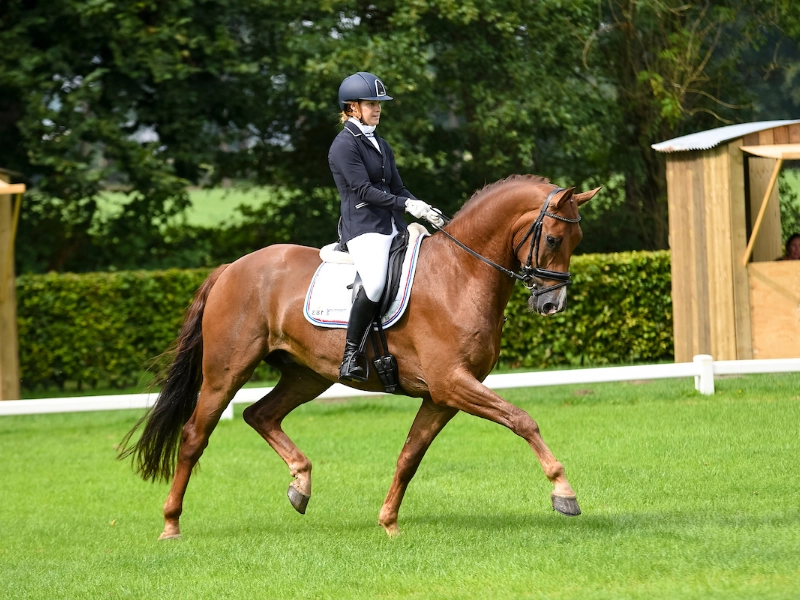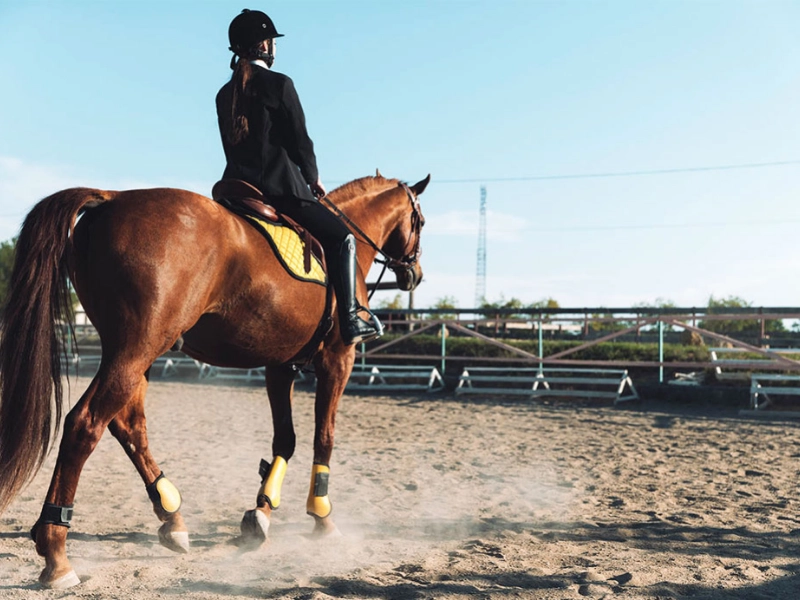A fascinating artistic medium, equestrian photography brilliantly highlights the relationship between horse and rider. It blends the active intensity of competitive sports and recreational riding with the grace of equine movement. Equestrian photography presents a different viewpoint that appeals to both casual viewers and horse aficionados whether it's catching the excitement of a jumping event or the calm beauty of a horse in a meadow. This page will go over basic methods, advice, and ideas for catching the enchantment of equestrian photography.

 Capturing excellent equestrian photographs depends on having the correct camera gear. Superior image quality and flexibility abound from a DSLR or mirrorless camera with interchangeable lenses. Capturing action images from a distance can be especially helpful with a telephoto lens, which lets you get near to the action without upsetting the horse and rider. Wide aperture lenses, such f/2.8 or f/4, can produce exquisite bokeh effects by isolating the subject against a hazy background.
Apart from the camera and lens, take into account steadiness using a tripod or monopod particularly in low-light environments or while filming at slower shutter speeds. Particularly during jumping events or fast-paced riding, freezing motion depends on a quick shutter speed. Investing in a decent quality external flash will also assist your subjects be clearly lighted in darker surroundings, so guaranteeing the clarity of your images.
Capturing excellent equestrian photographs depends on having the correct camera gear. Superior image quality and flexibility abound from a DSLR or mirrorless camera with interchangeable lenses. Capturing action images from a distance can be especially helpful with a telephoto lens, which lets you get near to the action without upsetting the horse and rider. Wide aperture lenses, such f/2.8 or f/4, can produce exquisite bokeh effects by isolating the subject against a hazy background.
Apart from the camera and lens, take into account steadiness using a tripod or monopod particularly in low-light environments or while filming at slower shutter speeds. Particularly during jumping events or fast-paced riding, freezing motion depends on a quick shutter speed. Investing in a decent quality external flash will also assist your subjects be clearly lighted in darker surroundings, so guaranteeing the clarity of your images.
 Equestrian photography depends much on composition. Using the rule of thirds will improve your photographs' visual attractiveness. To produce a more lively composition, put the rider and horse off-center. Try several angles and viewpoints; although a higher position helps set context and highlight the surroundings, shooting from a low angle can accentuate the horse's power and grace.
Leading lines might also help the observer's eye move across the picture. Create depth and interest in the scene using fences, trails, or other landscape components. Capturing the horse and rider in movement against a stunning backdrop—such as a sunset or a verdant field—can also give your pictures drama and emotional resonance. Always consider the background; a messy or distracting backdrop might take attention away from the primary subject. Search for neat, basic backgrounds that accentuate the rider's and horse's natural beauty.
Equestrian photography depends much on composition. Using the rule of thirds will improve your photographs' visual attractiveness. To produce a more lively composition, put the rider and horse off-center. Try several angles and viewpoints; although a higher position helps set context and highlight the surroundings, shooting from a low angle can accentuate the horse's power and grace.
Leading lines might also help the observer's eye move across the picture. Create depth and interest in the scene using fences, trails, or other landscape components. Capturing the horse and rider in movement against a stunning backdrop—such as a sunset or a verdant field—can also give your pictures drama and emotional resonance. Always consider the background; a messy or distracting backdrop might take attention away from the primary subject. Search for neat, basic backgrounds that accentuate the rider's and horse's natural beauty.
 Equestrian photography depends entirely on timing. Often the best photographs come from patiently waiting for the ideal opportunity. Whether a rider performs a precise maneuver or a horse leaps over a fence, being ready to record the action is absolutely vital. To foresee important events, familiarize yourself with the rhythm of the event or the training schedule for the horse.
Watch the timetable during events and be ready to go fast between several venues. Knowing when riders will arrive on the ring will enable you to set yourself for the greatest shots. Be also patient and let the rider and the horse to settle into their pattern. Don't hurry the process; some of the most stunning pictures come from unplanned events that highlight the relationship between rider and horse.
Equestrian photography depends entirely on timing. Often the best photographs come from patiently waiting for the ideal opportunity. Whether a rider performs a precise maneuver or a horse leaps over a fence, being ready to record the action is absolutely vital. To foresee important events, familiarize yourself with the rhythm of the event or the training schedule for the horse.
Watch the timetable during events and be ready to go fast between several venues. Knowing when riders will arrive on the ring will enable you to set yourself for the greatest shots. Be also patient and let the rider and the horse to settle into their pattern. Don't hurry the process; some of the most stunning pictures come from unplanned events that highlight the relationship between rider and horse.
Equestrian photography depends much on post-processing. Editing tools like Photoshop or Adobe Lightroom may highlight your photos and help them to reach their best. Start by changing the color balance, contrast, and exposure to guarantee the picture fairly depicts the scene. Additionally helping with composition and eliminating any distracting things from the frame is cropping. Particularly in the rider's clothes and the horse's coat, think about gently sharpening to improve details. In equestrian photography, keep careful not to over-edit; natural look is crucial. To create a distinctive look, you could also wish to play about with alternative styles as black and white or vintage filters. Editing aims ultimately to improve the enchantment caught in your pictures while preserving the originality of the event.
It's time to share your work with the world once you have taken and polished amazing equestrian pictures. Excellent locations for showing your photos include social media sites like Facebook and Instagram. Make a separate account for your equestrian creations to draw in a market eager in this field. Engage the equestrian community and boost visibility using pertinent hashtags. Think about competing in equestrian photography contests or turning in your work to publications and websites focused on horses. Working with other photographers and riding aficionados might create doors to projects and chances for exhibition of your photography. Whether for events, portraiture, or editorial work, building a portfolio website will also help you project professionalism and draw possible clients. By sharing your love of equestrian photography, you can inspire others and help to build a community that values rider and horse beauty.